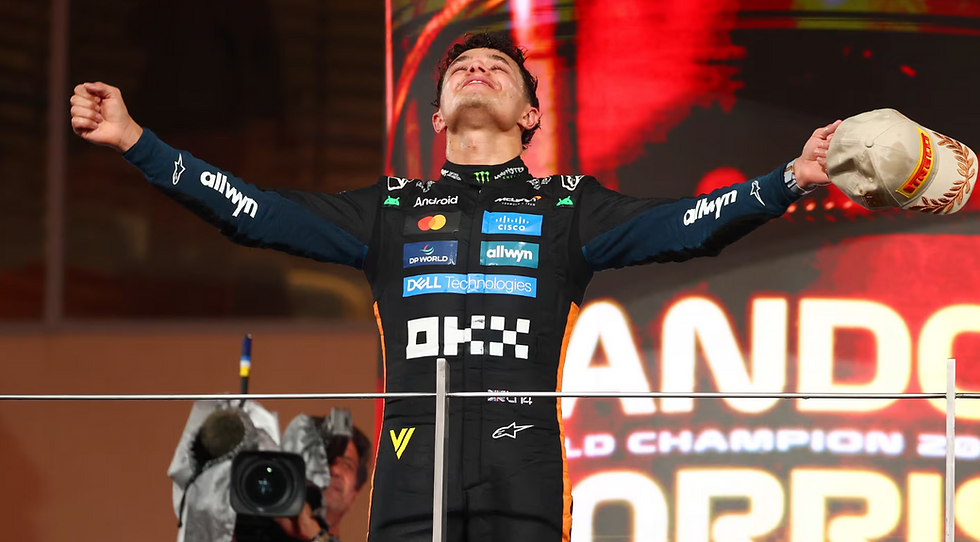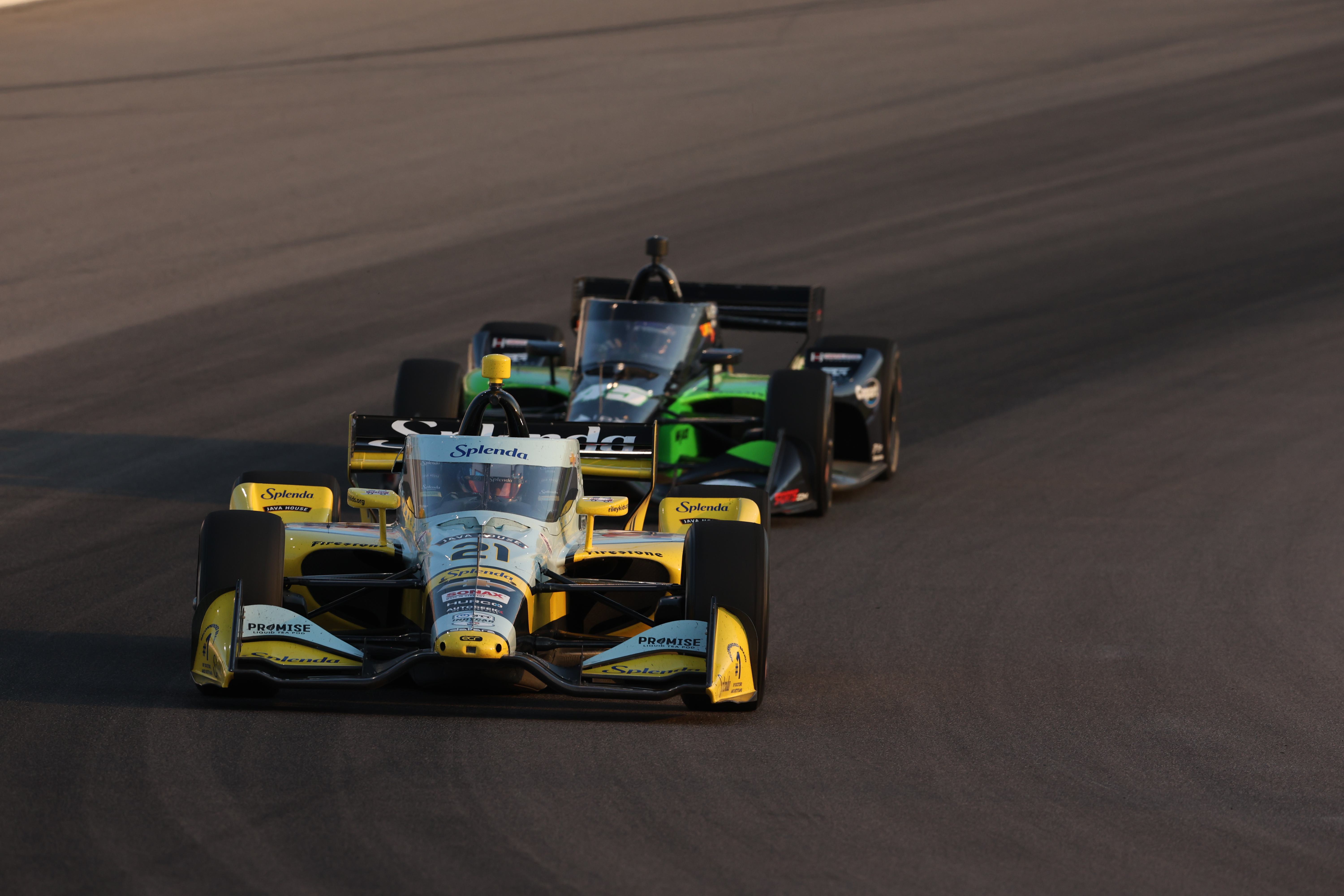Imola 1994: The Weekend that Silenced the World of Motorsport
- Llinos Jones

- Oct 2, 2023
- 3 min read
Written By Llinos Jones, Edited by Mara Simion

The 1994 San Marino Grand Prix witnessed the shocking fatalities of Ayrton Senna and Roland Ratzenberger, marking the first such tragedies in Formula One since the death of Riccardo Paletti in 1982.
The weekend was plagued by misfortune as during the first round of qualifying on Friday driver Rubens Barrichello hit a kerb at the Variante Bassa corner while going at a speed of 140 mph (225 km/h). This caused his car to roll a few times before coming to a halt upside down, knocking Barrichello unconscious. As a result of the accident, he sustained a sprained wrist and a broken nose and was airlifted to the hospital. While in the medical centre, Senna stayed around, only leaving after learning that Barrichello would be alright.

Saturday’s misfortune was much steeper than the day before. As 18 minutes into the final qualifying session Roland Ratzenberger, an Austrian driver for Simtek, failed to negotiate the Villeneuve curva, hitting the opposing concrete wall head on at a speed of 195mph (313 km/h), killing him instantly.
On the previous lap, Ratzenberger had run over a kerb at the Acque Minerali chicane, which is presumed to have caused damage to his front wing. This led to its detachment, resulting in catastrophic loss of control as the car faced a staggering G-force of 500Gs upon impact - a record in Formula One. Ratzenberger suffered three life-ending injuries: a basilar skull fracture, a blunt force trauma due to the front left tire, and a ruptured aorta.
The session was resumed after a 48- minute hiatus. Ayrton Senna, who was deeply affected by Ratzenberger’s passing, went on to take pole position. Neurosurgeon Sid Watkins advised Senna to reconsider racing, but the undeterred driver replied, "I cannot stop racing."

Sunday began under an unmistakably sombre cloud. Little did everyone know that another grave misfortune was about to unfold.
The race started off eventfully, with drivers Pedro Lamy and JJ Lehto crashing into each other, causing debris to fly into the crowds causing injuries. A safety car was deployed and the drivers drove behind it for five laps. The race resumed on lap six with Ayrton Senna briskly taking the lead followed by Schumacher, who noticed an issue with Senna’s car as he made a tight line through the Tamburello corner.
The following lap at the very same corner Senna’s car veered off the racing line and collided with an unprotected concrete barrier at 131 mph(210 km/h). The impact tore off the nose cone and right front wheel. Detailed analysis revealed that Senna had approached the corner at an alarming 192 mph (308 km/h), only to brake intensely and downshift just before the crash. The race was red flagged as the medical staff rushed to tend to Senna.
It was found that, like Ratzenberger, Senna had suffered three fatal injuries, skull fractures caused by the front wheel catapulting into the cockpit and hitting him on the front right side of his helmet, the impact shoving him against the headrest. A piece of suspension that was attached to the wheel partially penetrated the helmet he was wearing causing trauma to his head, the other fatal injury was a piece of upright assembly penetrated his helmet just above his right eye.

The race eventually continued, with Michael Schumacher claiming victory. Nicola Larini secured second place, marking his sole Formula One podium finish. Completing the top three was Mika Häkkinen (McLaren). An Austrian flag was found by the track officials in the wreckage of Senna’s car: he had planned to raise it at the end of the race in honour of his friend.
It is weekends like this that remind the world of how dangerous the sport can truly be, they serve as a harsh reminder that things can change in a fraction of a second. It is through tragedies like this that safety measures are improved on.








Comments